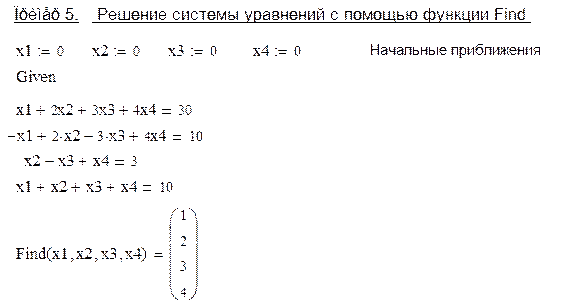

Essential Mathcad is an attempt to achieve an even better balance. On the other hand, some said that the book was too long and covered too much material. Others asked for coverage of some essential engineering topics. Some have said that the first edition did not cover enough advanced topics for their math, physics or advanced engineering courses. Based on feedback from Engineering with Mathcad, I feel that we have achieved a good balance in Essential Mathcad. A challenge with any book is to hit a balance between too little material and too much material. These examples help illustrate the concepts covered in each chapter. Essential Mathcad provides many additional examples from fields such as: Chemistry, water resources, hydrology, engineering mechanics, sanitary engineering, and taxes. Readers asked for more applied examples of using Mathcad from various disciplines. Most of the material from Engineering with Mathcad is included in this book, but it has been rearranged in order to allow quicker access to Mathcad’s tools. These chapters will have more meaning after readers have a greater understanding of Mathcad. As a result of this feedback, the chapters Mathcad Settings, Customizing Mathcad, and Templates have been moved to Part IV. Readers felt that the discussion of Mathcad settings and templates in Part 1 slowed down their learning of Mathcad.
POLYROOTS MATHCAD HOW TO
By the end of Chapter 1 you should be able to create and edit Mathcad expressions, use the Mathcad toolbars to access important features, understand the difference between the various equal signs, understand math and text regions, know how to create a user-defined function, attach and display units, create arrays, understand the difference between literal subscripts and array subscripts, use range variables, and plot an X-Y graph.

We added a new Chapter 1 that quickly introduces many useful Mathcad concepts. As a result of reader feedback, Essential Mathcad makes it even easier to learn Mathcad. This was accomplished by providing a step-by-step approach that enabled easy learning. The goal of Engineering with Mathcad was to get readers using Mathcad’s tools as quickly as possible. Preface This book is a result of feedback from many readers of the book Engineering with Mathcad: Using Mathcad to Create and Organize your Engineering Calculations. ISBN: 978-0-12-374783-9 For information on all Academic Press publications visit our Web site at Printed in the United States of America 09 10 11 12 9 8 7 6 5 4 3 2 1

British Library Cataloguing-in-Publication Data A catalogue record for this book is available from the British Library.
POLYROOTS MATHCAD SOFTWARE
This book’s use or discussion of “MATLABW” and/or “SimulinkW” software or related products does not constitute endorsement or sponsorship by The MathWorks of a particular use of the “MATLABW” and/or “SimulinkW” software or related products. The MathWorks does not warrant the accuracy of the text or exercises in this book. The MathWorks Publisher Logo identifies books that contain “MATLABW” and/or “SimulinkW” content. Permissions may be sought directly from Elsevier’s Science & Technology Rights Department in Oxford, UK: phone: (þ44) 1865 843830, fax: (þ44) 1865 853333, E-mail: You may also complete your request online via the Elsevier homepage (), by selecting “Support & Contact” then “Copyright and Permission” and then “Obtaining Permissions.” Library of Congress Cataloging-in-Publication Data MATLAB and Simulink are registered trademarks of The MathWorks, Inc. No part of this publication may be reproduced or transmitted in any form or by any means, electronic or mechanical, including photocopy, recording, or any information storage and retrieval system, without permission in writing from the publisher. Academic Press is an imprint of Elsevier 30 Corporate Drive, Suite 400, Burlington, MA 01803, USA 525 B Street, Suite 1900, San Diego, California 92101-4495, USA 84 Theobald’s Road, London WC1X 8RR, UK Copyright © 2009, Elsevier Inc.


 0 kommentar(er)
0 kommentar(er)
